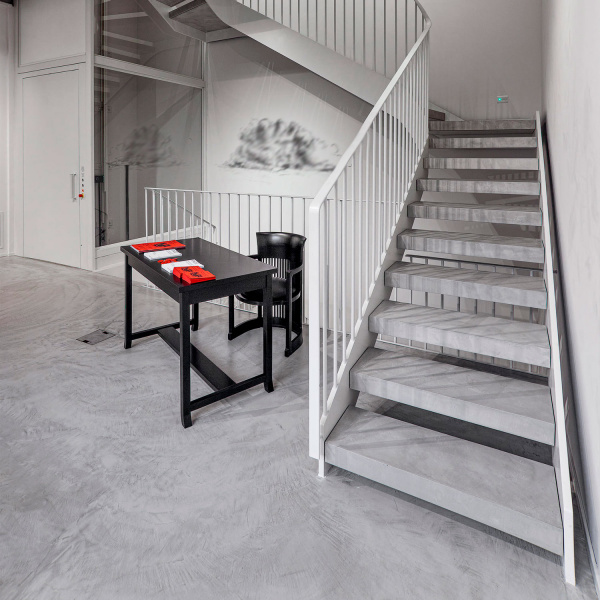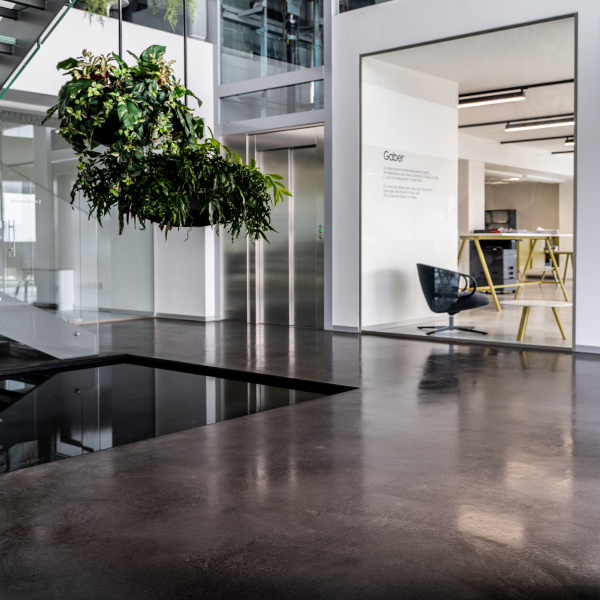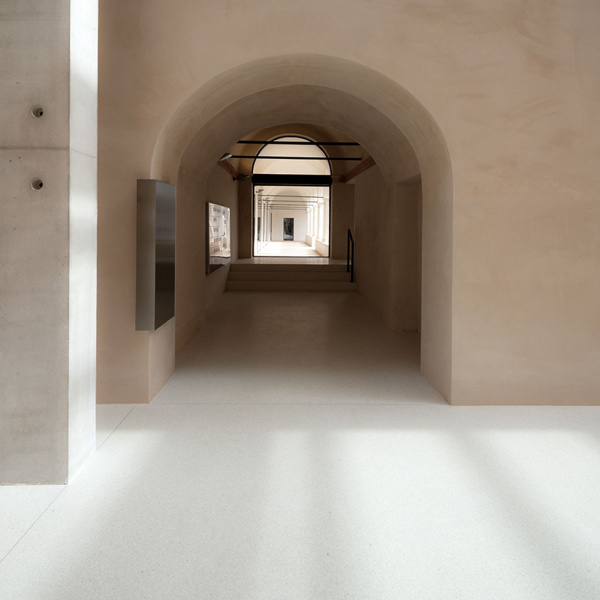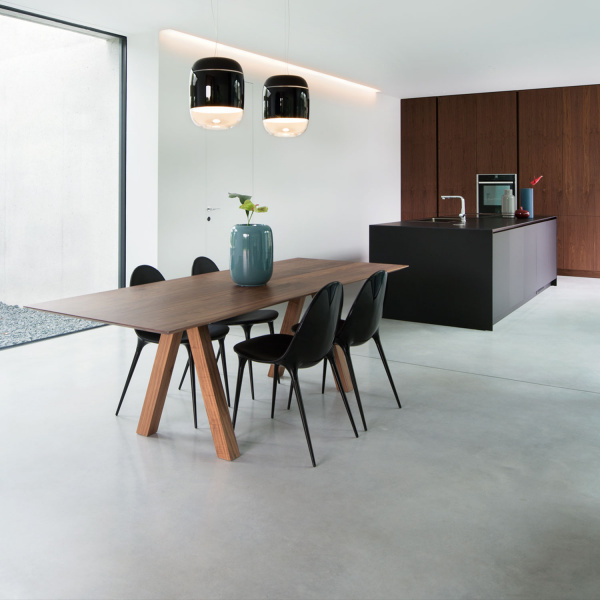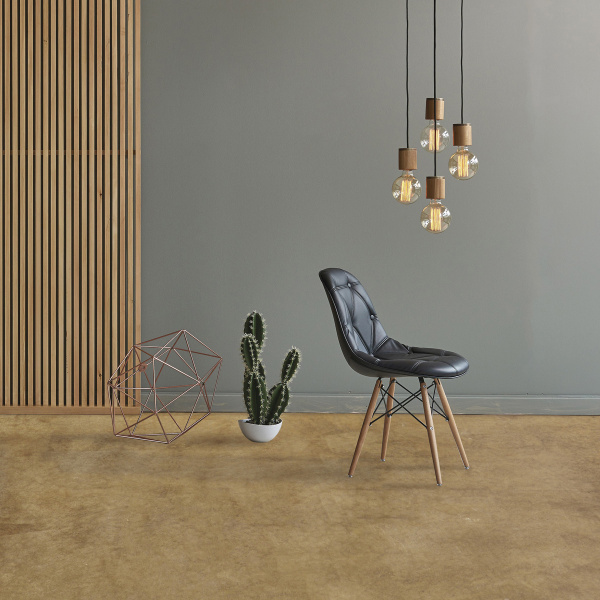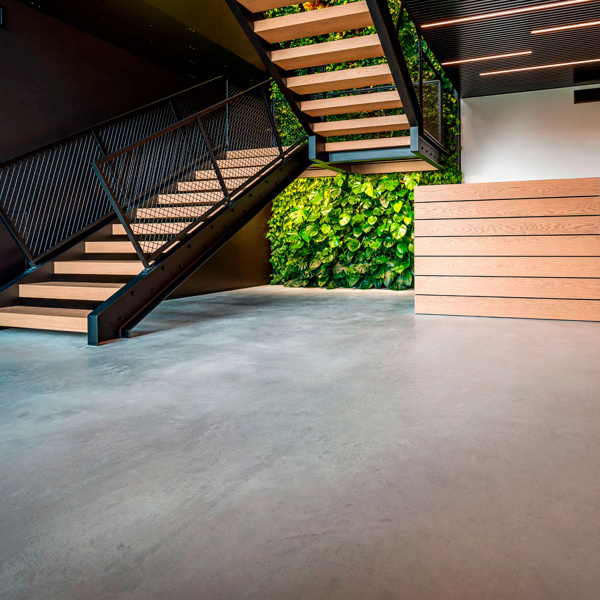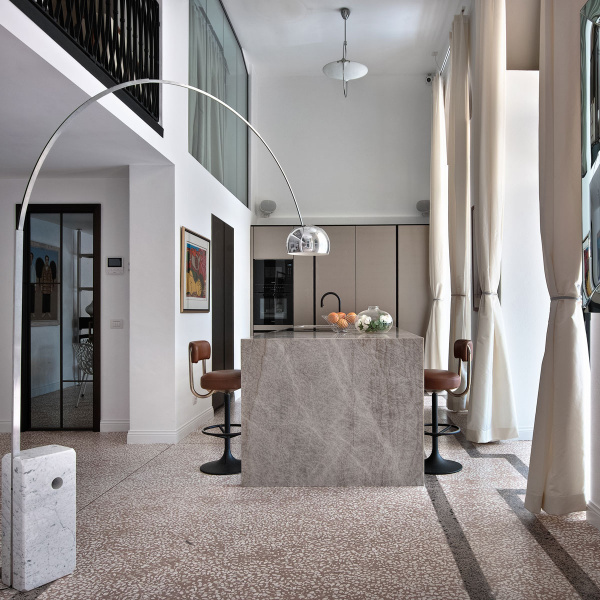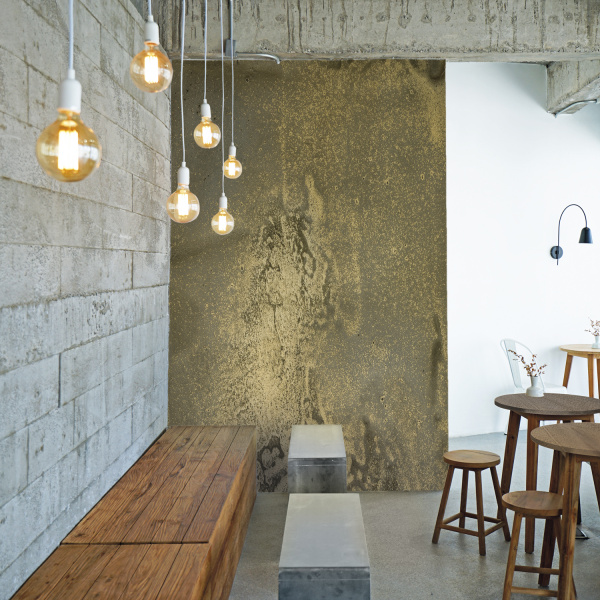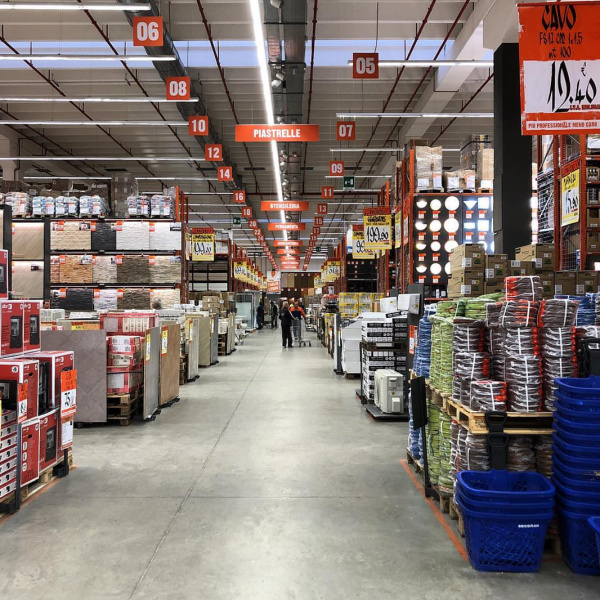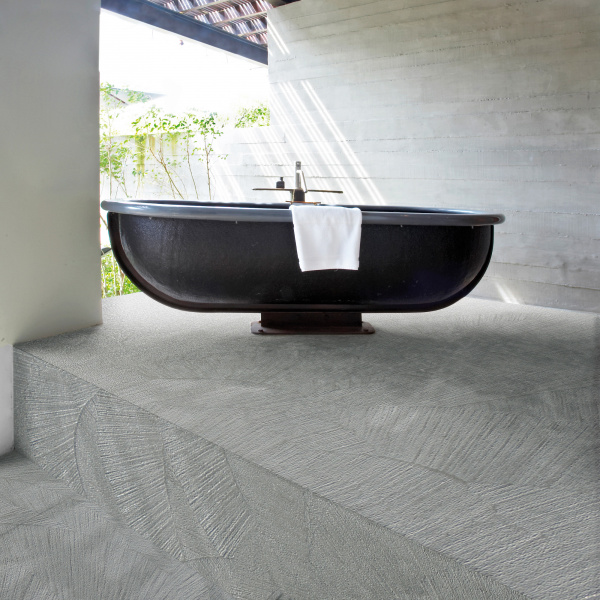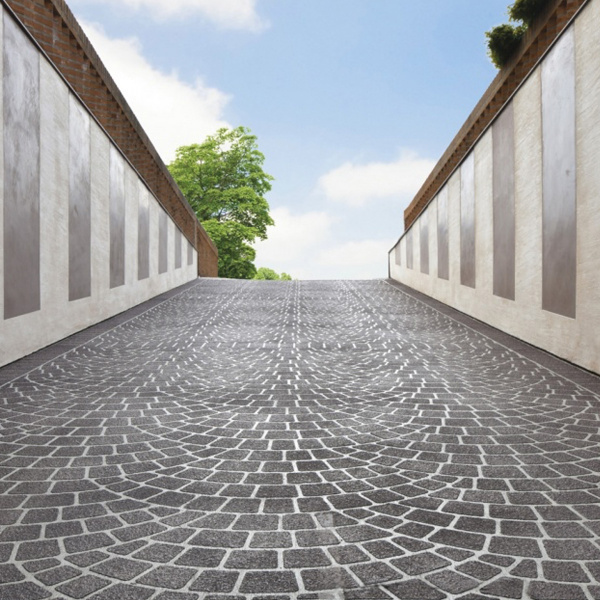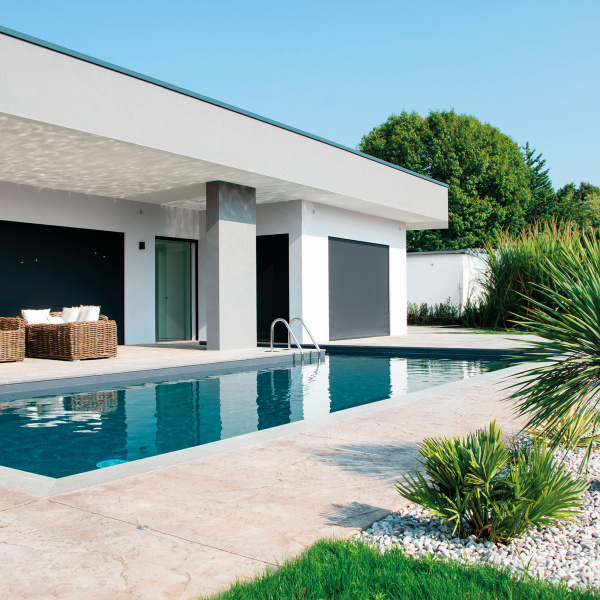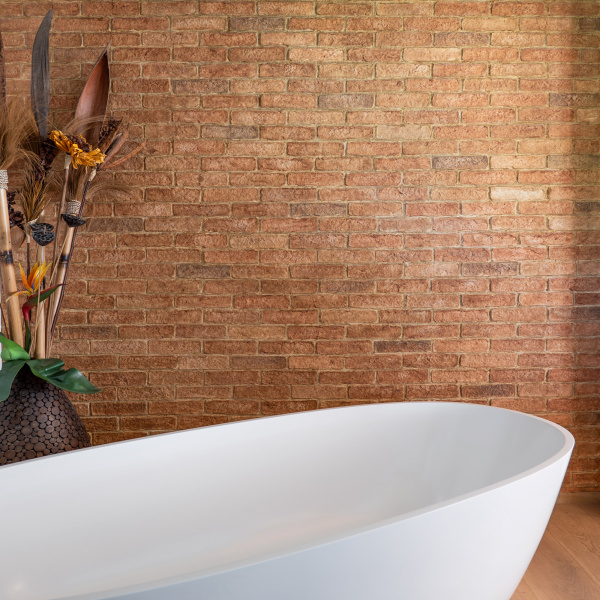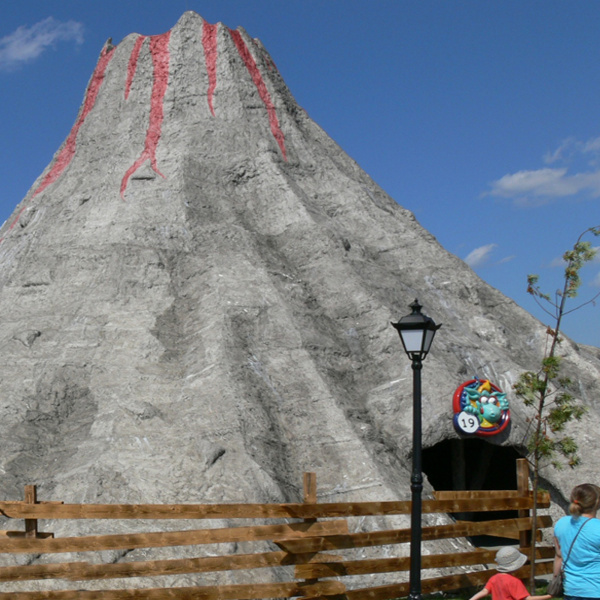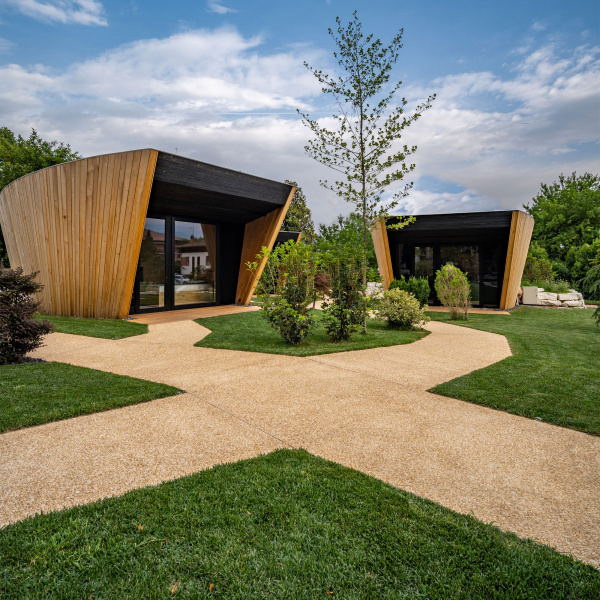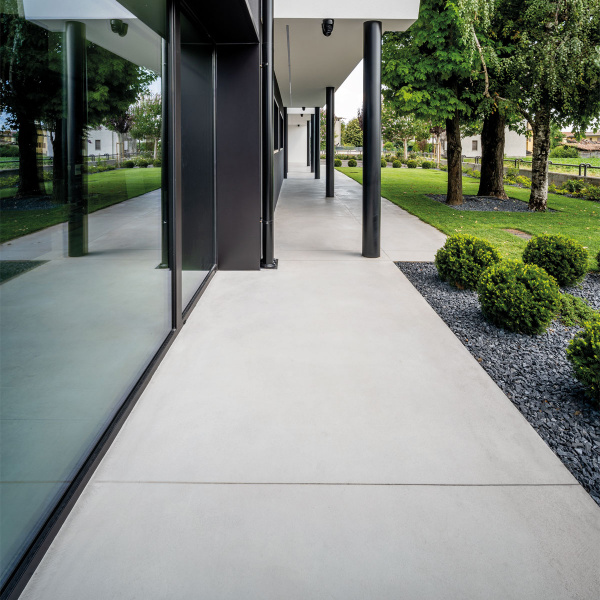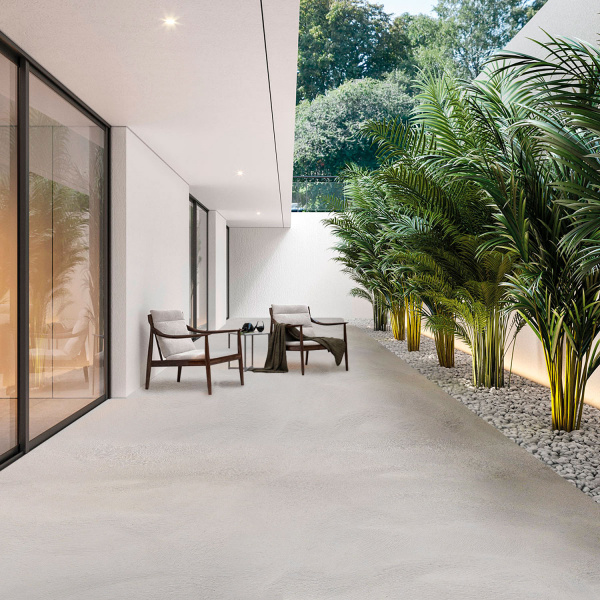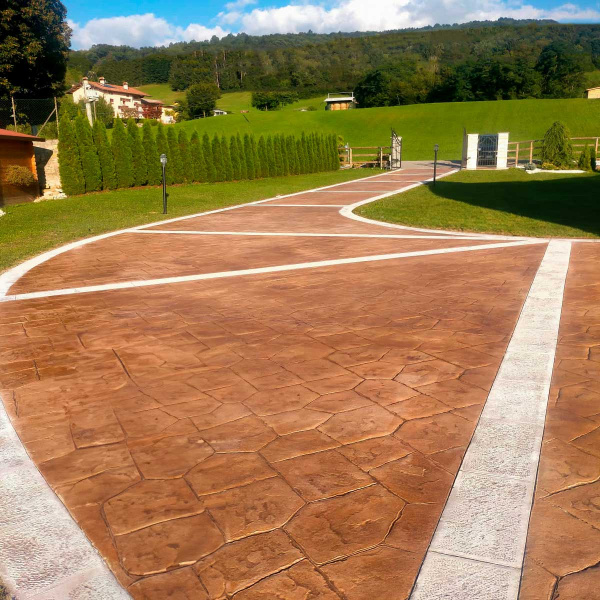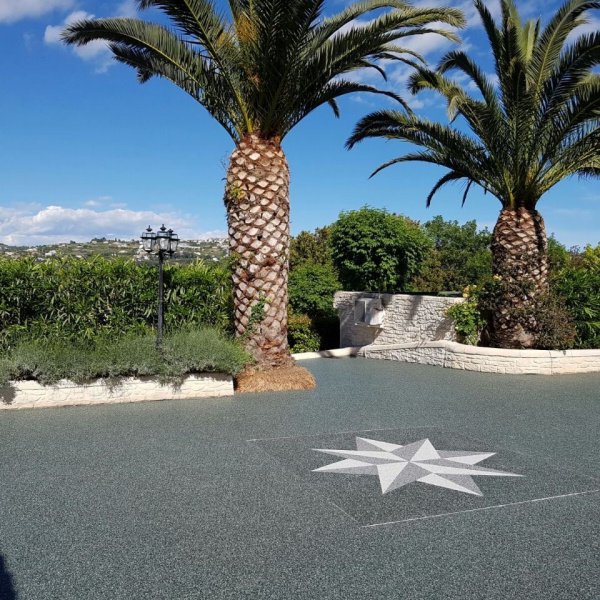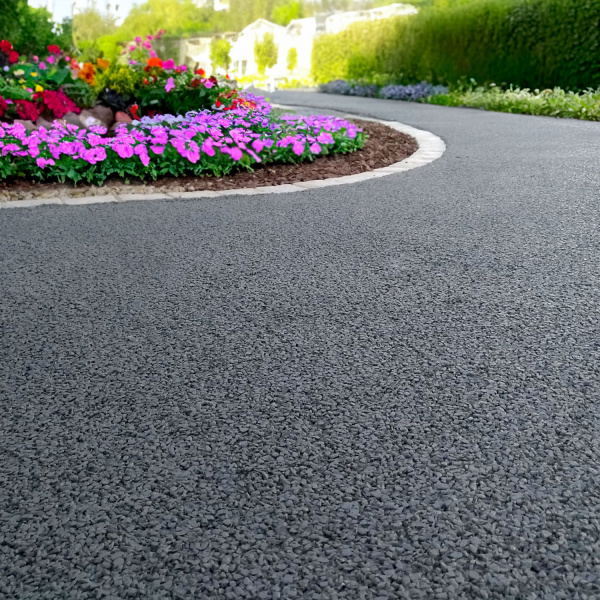The search for the best possible comfort in the home is an obsession for many. Among the options to recreate an environment aimed at relaxation and well-being, we cannot fail to mention the radiant floor systems. The advantages that characterize them are innumerable: they guarantee excellent energy performance and offer a pleasant, homogeneous temperature to the surrounding space.
In addition, many people simply define radiant systems as solutions for underfloor heating: did you know they are also great for cooling during summer?
However, to make the most of the potential of radiant systems, it is necessary to choose the correct type of floor. In the next lines we will analyze which coatings are most suitable and above all we will understand what opportunities Isoplam® microcement solutions offer.
Functioning of radiant floor systems
To understand which is the most suitable type of coating, we must start from the operation of the underfloor heating system. This is characterized by a series of coils placed immediately below the floor. The hot water produced by a condensing boiler circulates inside the coils. The peculiarity of the system lies precisely in the production of heat: the environment is heated through the irradiation process. What is it about?
From the scientific standpoint, it consists of a phenomenon of emission of energy in the form of electromagnetic waves. In practice, the coils, thanks to the radiation, are able to transfer heat to the environment. However, the question arises as to how pipes under the floor can heat an entire room. The answer is provided by Stefan-Boltzmann's law.
Without getting into technicalities, it is sufficient to know that the radiated energy is directly proportional to the fourth power of the temperature. The propagation of heat in space will then depend on the degree of emissivity of the employed materials. Simplifying as much as possible, the electromagnetic waves along their path will encounter obstacles, including the floor itself, and based on their ability to cross it, uniform heating of the room will be determined. This is why it is essential to choose suitable materials for covering a radiant system.
The best materials for a heated floor
The propagation of heat from the coils to the rest of the environment depends above all on the technical characteristics of the coatings. The main element to take into consideration when choosing flooring is the thermal resistance of the material that will be applied. The latter is nothing more than the ability of the material to oppose heat flow, which in turn is determined by the thickness and thermal conductivity coefficient of the material itself.
So let's try to draw up a list of “candidates” for radiant floor systems:
- Stone: materials such as granite and marble stand out for their thermal conductivity, but unfortunately the slabs used for the flooring are too thick.
- Wood: the famous parquet is an optimal solution in terms of dimensions, but the same cannot be said in terms of thermal conductivity. In fact, wood retains heat and limits its propagation. The only types of wood that are used to cover radiant systems are teak and oak.
- Porcelain stoneware: the ceramic that characterizes it is undoubtedly one of the best materials for covering a radiant floor system. The low thickness is ensured, as well as excellent thermal conductivity.
- Microcement: low thickness cementitious solutions, like porcelain stoneware, offer exceptional performance both in terms of thermal conductivity and low thickness. One advantage that works in favor of microcement is the speed and ease of implementation.
Isoplam® solutions for radiant floor systems
During our long career, we have created hundreds of coatings for radiant floor systems from scratch or on an existing floor. All this is possible thanks to the wide range of products in our catalog. Let's start with Skyconcrete, the low thickness cloud effect floor by Isoplam®.
Its thickness of just 3 millimeters fits perfectly with radiant systems. Its practicality also combines a high aesthetic yield. The cement mixture characterized by the addition of particular oxidizing agents and colored pigments reproduces fascinating veins that refer to the timeless beauty of marble. Moreover, thanks to the possibility to choose between 36 different shades, it is possible to adapt it to any context and design.
Speaking of charm and elegance, Terazzoverlay by Isoplam® should also be mentioned: it allows you to reproduce the unique style of the “Venetian terrazzo” with its bright colors and wonderful geometries. Isoplam® offers you the possibility to customize the Italian marble blend with the addition of mother-of-pearl and natural stone inserts.
Terrazzoverlay is also extremely versatile: with a thickness of just 4-8 millimeters, it can be used without concern to cover a radiant floor system.
From classic Venetian terrazzo, you can move on to the latest design trends. Microverlay by Isoplam® was created together with leading architects to give your space a contemporary and original touch.
The Microverlay Color Folder puts over 50 textures capable of reproducing the most disparate effects to renew the surfaces of your home at your disposal. Obviously, Microverlay is also perfect for covering radiant systems: also in this case, just 3 millimeters of thickness.
In short, Isoplam® is the perfect ally to guarantee the best performance of your radiant floor systems and to revolutionize the design and style of your spaces. Take a look at Isoplam’s latest creations in the gallery and get inspired!






